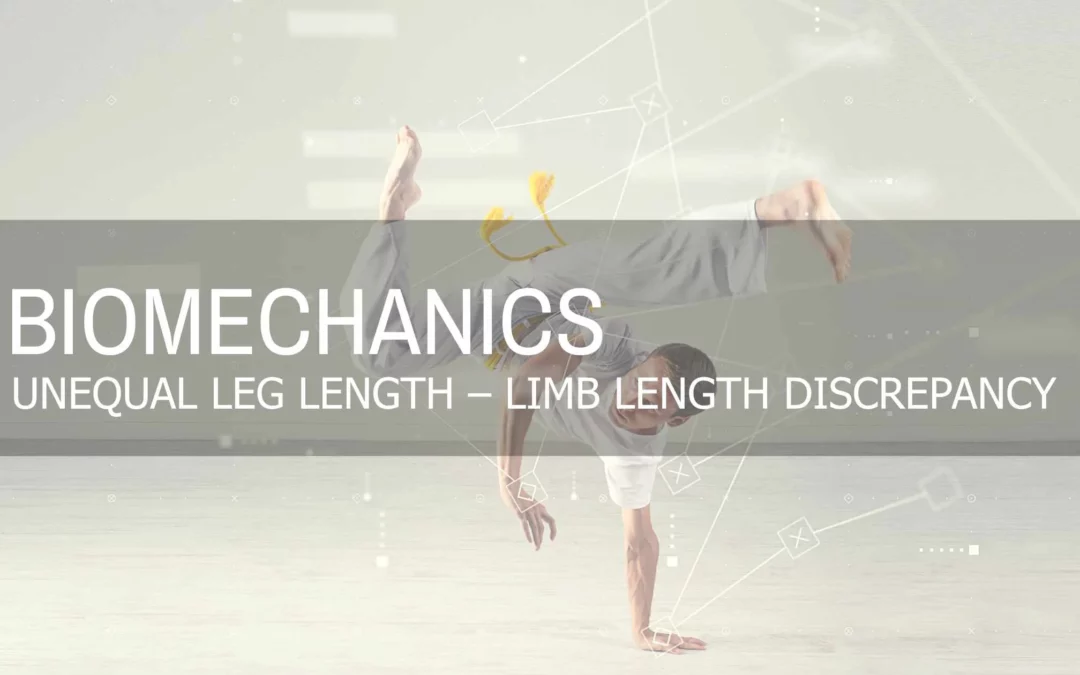Limb length discrepancy is a common condition where one leg is shorter than the other (usually less than a 1 cm difference on average). This can lead to distinct changes in the walking pattern, pain in the knees, ankles, hips, back, or shoulders.
How Does This Happen?
Although many people have a slight length difference, a more severe leg length discrepancy can occur from complications from birth/genetic issues, childhood injuries and illness, and leg fractures. This can cause the longer leg to be in a flexed position while the shorter side is in an extended position as a compensatory movement pattern. Put simply, the longer leg bends while the shorter side extends as a way to try to balance out the leg length discrepancy. This further means the hip of the longer side is often hiked up. Think of a limp or walking with only one shoe on and how the weight is more unevenly distributed to the side of the shorter leg. This leads to excess pressure on the spine, hips, knees, and ankles.
Signs of Unequal Leg Length – Limb Length Discrepancy
- One leg is shorter than the other
- Pain in the knees, ankles, hips, back, or shoulders
- A limp or uneven gait
- Feeling physically unbalanced
How Do You Fix It?
To address unequal leg length, if severe (more than 2 cm), we suggest consulting a medical professional. But we recommend the following exercises to help improve strength and gait:
- Release – Adductors – Long leg / Piriformis – Short leg 2 min
- Activate – Standing hip lift – Short leg side / Quadratus Lumborum 2 x 20
- Integrate – Single leg balance w/ab-adduction – short leg side – 2 x 20
- Strengthen – Laying Supine hip flexion w/adduction using band – Short leg side – 2 x 20




